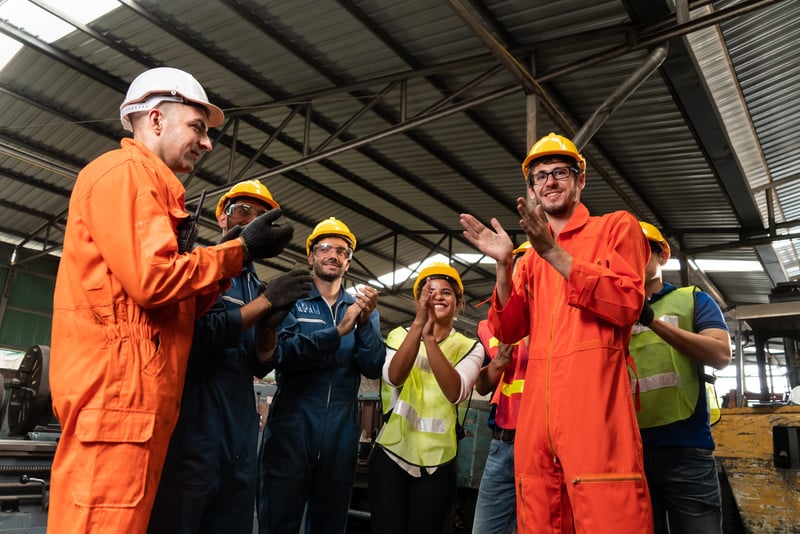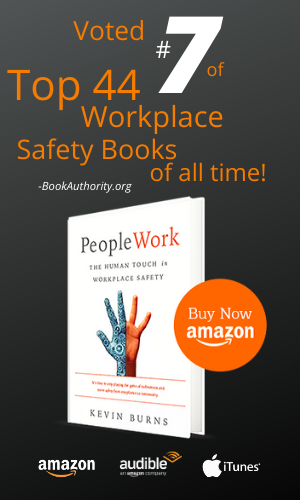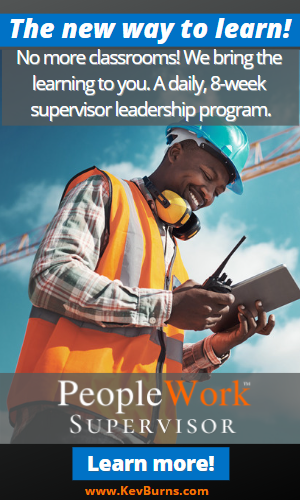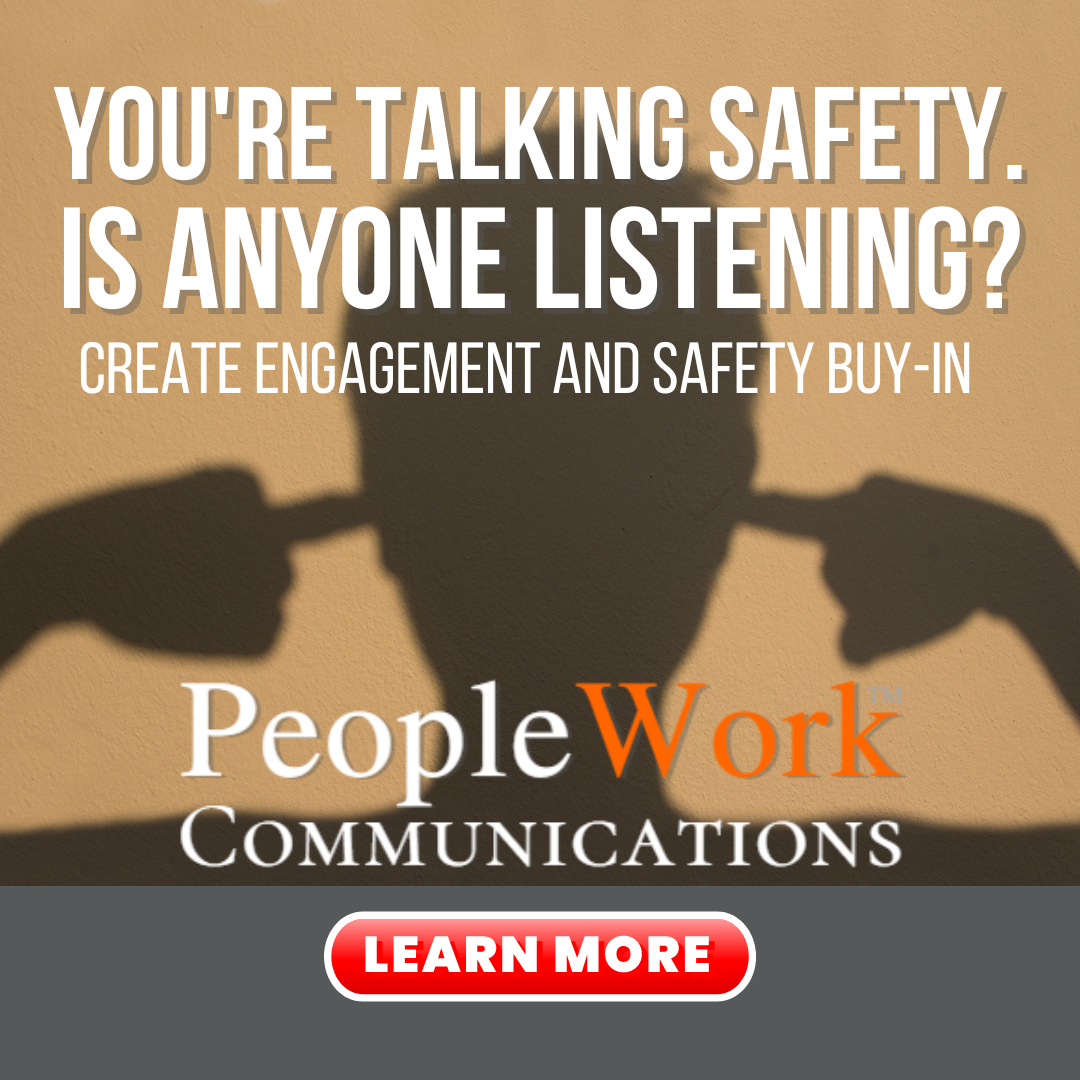Care vs Compliance: Making Them Care About Safety
Everybody cares about something. And they do care about it … in their own way. The challenge in getting your people to care about safety lies largely with how they understand and interpret the word safety.

The companies that I have helped come through the RYT Program have all identified the word safety as a barrier to safety. Say the word safety to some of your people and their eyes roll back in their heads as they brace themselves for the safety lecture that, in their minds, is on its way.
Make no mistake, people care about safety, but their version of it. And it would be foolish to assume that employees will universally care about safety in the way that you would like them to.
Clarity of purpose drives safety engagement.
Safety needs a specific definition, a picture, a vision. Ask ten crew members to describe what safety looks like to them and you will get ten different responses. It’s the same idea as asking those same ten to describe their favorite breed of dog. You’re going to also get ten different responses. People don’t see the same things.
If you want your people to get on board with caring about safety, then what you want them to care about needs to be very specific and clear.
Franklin-Covey’s research into company goals revealed that 85% of employees cannot identify one of their company’s top goals. And of the 15% that could name one of the top goals, only half were prepared to help the company achieve it. A whopping 89% of those same employees had no idea what to do to help the company achieve its goals.
Perhaps that’s why the focus for so many years has been on safety compliance instead of buy-in. Compliance is seemingly easier to achieve. Simple brute-force enforcement of safety rules and protocols will get compliance. But it won’t help employees to care about where they work or to take an active role in helping the company achieve its goals.
Valued people value safety.
David Broadhurst from Codesafe Solutions in Australia said, “valued people value safety.” People who feel valued by their employers, who feel that their contribution makes a difference are more prepared to get behind the company goals.
When safety becomes a clear vision shared between employees and leaders, there is a greater level of camaraderie and cooperation to achieve the goals. There is a greater teamwork mindset and a greater willingness to look out for the people they care for.
When employees care about the other members of their team and care about their own contribution to it, they are more likely to voluntarily make choices that reduce the risk to themselves and their fellow team members.
A company focused on achieving bare minimum compliance in safety is likely not terribly concerned about the level of care or mindfulness of their employees. Employees who are engaged in their work, are more likely to care about the outcomes of their work. Quality, pride, and safety all work together. An employee who is proud of their high quality of work is less likely to employ low-quality safety standards or shortcut safety protocols.
You won't get commitment to safety without clarity.
Until your team is clear on the mission, the goals, and the purpose for the work, they are less likely to help their employers achieve seemingly arbitrary goals. Without a connection to the why of a target or goal, there is no reason to care about it.
In order for employees to become clear about company goals, they need simple, concise communication. That also includes supervisors who lend the greatest amount of influence on any worksite. Employees will do what is important to their immediate supervisors.
If safety is important to the supervisor, it becomes important to the team. It is vitally important that supervisors buy-in to the safety program and the company goals. Then, armed with excellent team building and coaching skills, they will inspire their teams to raise their performance level. When the team is achieving together, there exist fertile grounds for care to take root.
Create a team that cares about each other, cares about their work, and cares about building a solid reputation, and you create a team that cares about safely doing that work. Care becomes far more powerful than in-the-moment compliance.





